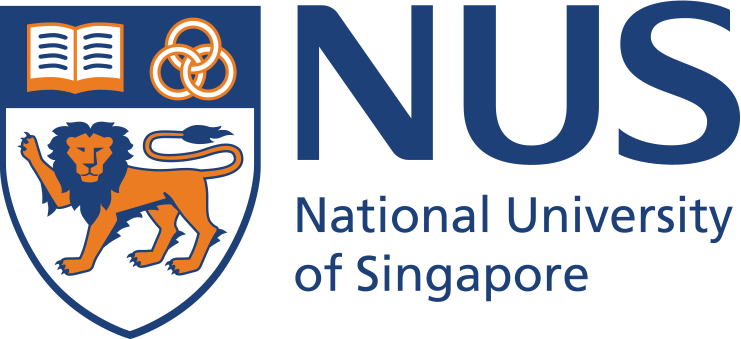This research project aims to fill the gap in disinfectant degradation monitoring and control within Singapore’s treated water distribution system by integrating various real-time water quality sensors, supervisory control and data acquisition (SCADA) systems, hydraulic and chemical kinetics models to better control/predict the treated water quality and the operation system.
Chlorine decay experiment has been studied in NUS laboratory, after collaborating with Xylem team on the parameters and scope. The main idea is that water samples would be collected and studied in a controlled setting from a few sampling locations. Such data could provide important preliminary information about instrument sensitivity and the dynamics between measured NOM changes and total chlorine loss. Murnane-Jellicoe water distribution network was tentatively selected for water quality monitoring. In this network, 4 locations were selected for the deployment of sensors: Murnane Service Reservoir (MNSR), Bukit Timah Waterworks (BTWWs), Fort Canning Service Reservoir (FCSR), and Blk 815 Jellicoe Road (815JR). Data from the sensors (to study disinfectant decay) will be collected over a significant period of time to capture maximum information about the changes of NOM and real-time total residual chlorine decay rate. The purpose of the installed sensors is to provide information regarding the water quality of the water distribution network. Key natural organic matter (NOM) variability sources would also be highlighted from the sensor data. This information can then be algorithmically processed to determine the real-time TRC decay rate for robust water quality predictions. The outcome of this project can bring a significant impact to the water industry by providing actionable, real-time treatment and distribution information to water treatment operations in one holistic solution to maximize operational efficiency.


Sensor installation on site Modelling Approach
For more details, please contact:
Prof Hu Jiangyong
Email: ceehujy@nus.edu.sg





